Are superfoods real?
Should we all be gorging ourselves on goji berries? Feasting on flax? We consult an expert on the concept of superfoods
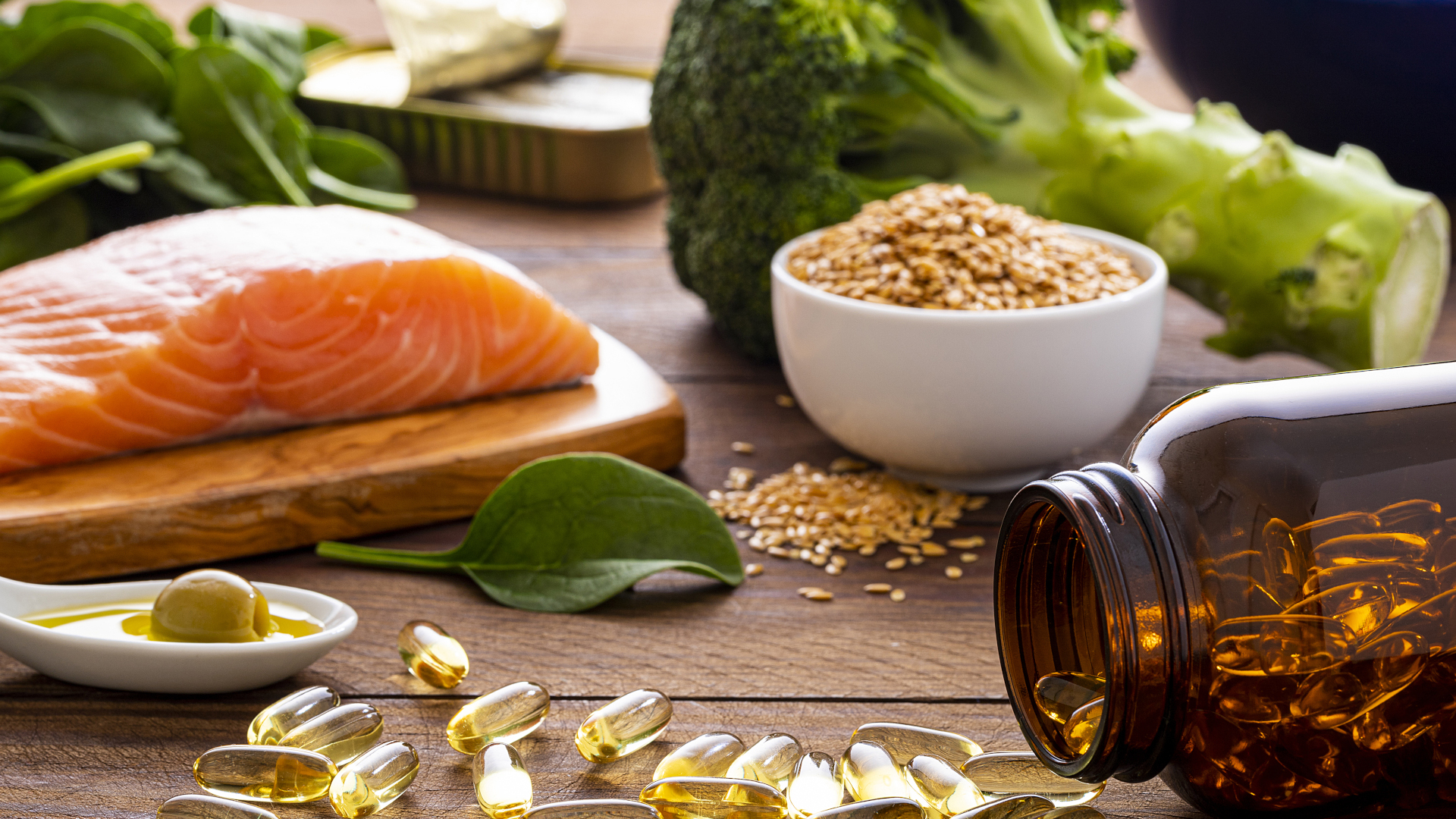
Goji berries, acai berries, spirulina, flaxseed, green tea, salmon, almonds, kale – what do they all have in common? Well according to some dietary experts, they’re all superfoods, along with a whole host of other whole foods in the fruit, vegetable, fish, nuts and legumes departments.
Almost all of us have heard the term “superfoods” by now. If you’re an athlete – and by that I mean anything from an ultra runner to someone who likes to get out in their hiking boots regularly – you might be especially interested in the idea of a food that has exceptional nutritional value and might promote your performance. When it comes to superfoods, what that value might be and how they’re defined, is all a little more vague, however.
So what are superfoods, anyway? And are superfoods real? I’m a yoga teacher and generally inclined to want to eat healthily. I’m also an Ayurvedic practitioner, which is a form of holistic medicine that focuses mainly on diet and lifestyle, and even I had these questions, so I wouldn’t be surprised if you have them too. To help get to the bottom of the matter of superfoods, I recently sought out the wisdom of Dr Keith Wallace, the Chairman of the Department of Physiology and Health at Maharishi International University and the author of the new book 16 Super Biohacks for Longevity.

What is the definition of a superfood?
If you listen to those who strongly champion the idea, superfoods are ones that bestow the Aztecs of ancient times and the astronauts of today with energy and vitality, but when it comes down to scientific questions, I like to get a more straightforward answer.
I know, it’s a little old fashioned, but the first place you should really look if you’re seeking a definition is the dictionary, so before speaking to Wallace, I do just that. Believe it or not, the term “superfood” has become so common that it is now included in the Merriam-Webster dictionary. The definition is as follows:
“A food (such as salmon, broccoli, or blueberries) that is rich in compounds (such as antioxidants, fiber, or fatty acids) considered beneficial to a person's health.”
So it seems clear that a superfood is one that has more than an average amount of nutritional components, and this is what Wallace confirms.
Advnture Newsletter
All the latest inspiration, tips and guides to help you plan your next Advnture!
“Superfoods are the ones that are nutrient packed to the point that they stand out from others.”
As an example, all vegetables have some nutritional value, but dark leafy greens like spinach, kale and chard have vitamin A, C, K, folate (which your body needs to make DNA) and minerals like iron, magnesium and potassium. So they are regarded by some as superfoods.
But wait, the story doesn’t end there. Because according to Harvard School of Public Health, and Wallace, there actually isn’t any scientific definition or regulation of what a superfood is.
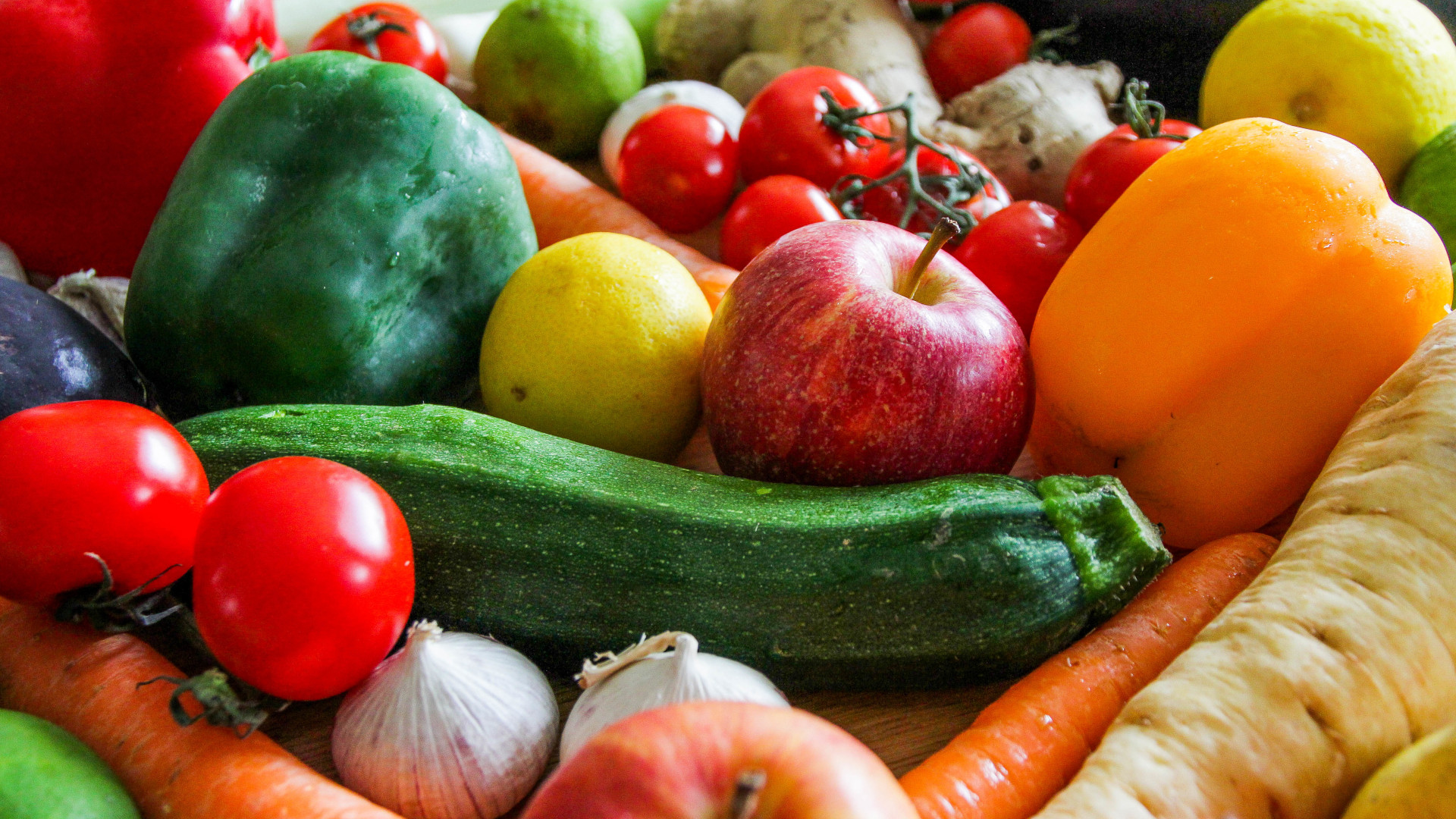
Are superfoods real?
So if there’s no scientifically based definition of a superfood, is it a real thing? Well, no, according to Wallace.
“Superfood is a totally commercial idea. The notion of a science-based superfood just isn't there. Science can support that there are values to these foods, but this is all modern marketing going crazy. You get a lot of hype with super foods without a lot of research because people are trying to sell it.”
“Modern society has kind of looked at these foods that are super rich in vitamins and minerals and antioxidants and tried to promote them as being superfoods mostly for commercial reasons, but there is some serious research which shows that some of them have some good properties to help people's health.”
So the foods that are being touted as super might indeed be just that, but the label itself is a marketing ploy. However, as Wallace points out, the foods themselves have great nutritional value – so should we all be gorging ourselves on goji berries? Feasting on flax? Well, it depends on various factors, like your digestive system, quantity and timing.
“You have to go back to the ancients where food is medicine, so in some sense all food is superfood. It’s just depending on what is right for the individual at a certain time,” says Wallace.
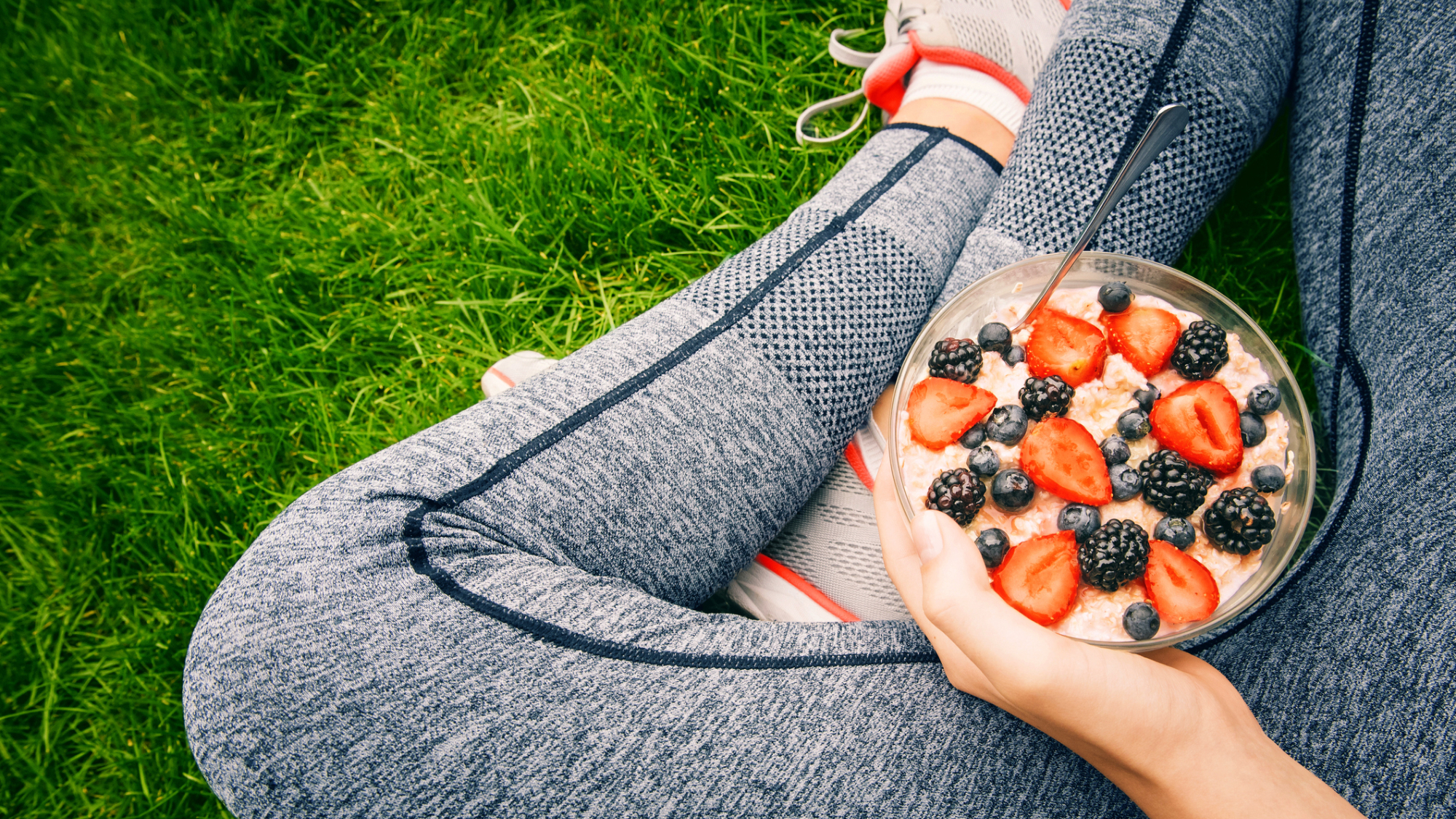
One of Wallace’s chief areas of study in recent years is on the microbiome – that commune of trillions of microorganisms that lives in your gut and affects everything from daily digestion to your athletic performance. He explains that basically, each person has a different microbiome and as a result has unique digestive strengths and sensitivities, so every person eating the same foods just won’t work.
“For a certain individual broccoli or cauliflower could produce a chemical that can prevent cancer, so that’s pretty good. But for somebody else it may produce gas,” explains Wallace.
Similarly, you could say that bread packed with seeds is a superfood, but not if you’re gluten intolerant. Juices and smoothies are often loaded with ingredients that are claimed as superfoods, but they can also have a ton of free sugar, which can be too much for some people. So what’s a superfood for one person may not be for another.
Finally, you’ve got the very modern issue of how food is grown in a mass-industrial age, and whether that may alter the nutritional value of the comestibles that line the shelves of Whole Foods.
“Is it a superfood if it’s not organic? If the soil’s been depleted, does it have the same minerals? It’s a very delicate, commercial categorization because you’d have to really analyze it more carefully.”
So superfoods might not be an official designation, even if they’re in the dictionary, but does that mean they don’t have any value? According to Wallace, the term may actually have some benefits for people today.
“It was created for commercial reasons, but actually it’s just kind of uplifting the value of a lot of foods like vegetables and fruits. Calling them superfoods might get people to eat them more, so there might be some value there. It’s highlighting that food is medicine.”
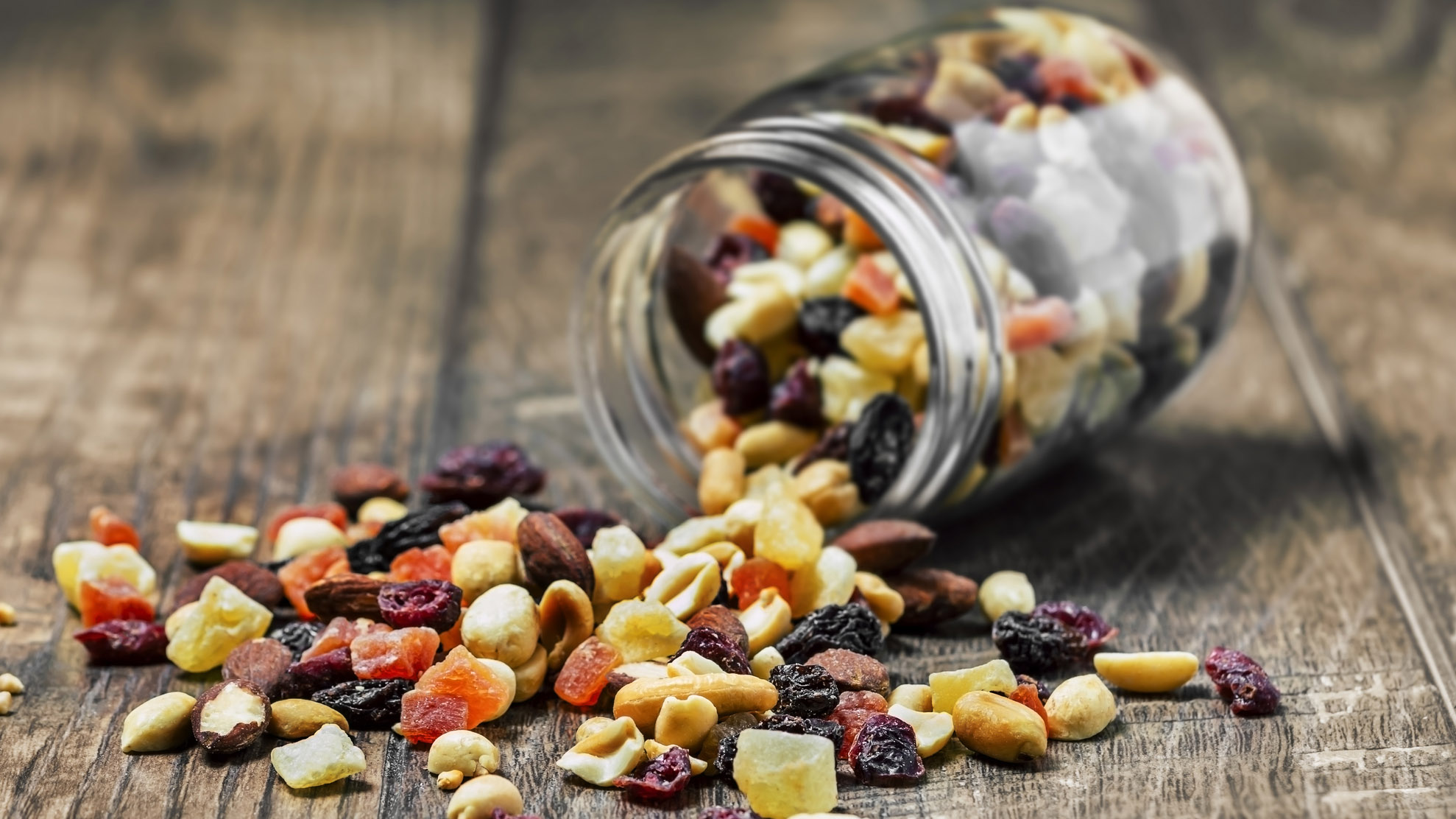
What are some examples of superfoods?
Superfoods now encompass a really wide range of foods that mostly come under the umbrella of fruits, vegetables, nuts, seeds, fish, oils, whole grains, legumes and yogurt. According to Wallace, berries ranging from the household blueberry, strawberry and raspberry variety to the exotic strains of goji and acai are probably the biggest super food around, mostly because of the antioxidants they contain that combat free radicals in the body that cause aging and damage.
“Antioxidants are not a solution to living longer but they do keep us healthier, so these things are very valuable.”
Next up, you’ve got those omega-3 fatty acids that you’ll find in oily fish, flaxseed oil, walnuts and edamame. Omega-3s affect cellular function, hormone production and support heart health.
“Whether you call them a superfood or whether you call it a preventative of disease there’s good research showing that they do reduce inflammation and lower risk for heart attacks so you could say that those foods are superfoods.”
One of the wildest superfoods on the market is one which I spent quite a bit of my 20s as a young yoga teacher gagging on – spirulina, an algae which claims to be a miracle for immune health. The taste is absolutely foul and cannot be disguised by your coconut water/banana/avocado smoothie (it just ruins the smoothie) so I soon gave up, but in the meantime, NASA astronauts have actually started using it for immunity, so maybe it really is a superfood after all?
“It is pretty amazing. It’s a powerful antioxidant, it’s anti-inflammatory, people have done research showing it improved plasma lipid levels reducing bad cholesterol, blood pressure and fasting blood sugar levels in people with type two diabetes,” explains Wallace.

And, finally, because I know you’re going to ask about it, what about wine? If superfoods were real, would wine be a superfood? Red wine doesn’t usually make an appearance on the lists of superfoods, but it is often trumpeted for having incredible antioxidant benefits. One such antioxidant is resveratrol, which is thought to help your body combat hay fever and support weight loss. Sadly, but predictably, you’d have to drink so much wine to get the benefits of resveratrol that you’d end up doing more damage than good, and alcohol and running really don't go together, so Wallace recommends the less fun option – taking it as a supplement.
Wine aside, it definitely seems as though the concept of what can be a superfood is rather broad, but ultimately, as Wallace points out, it can pretty simplistically be boiled down to the effect on your microbiome.
“A food is only a superfood if it benefits the microbiome. If it can hurt the microbiome, it’s not much of a superfood.”
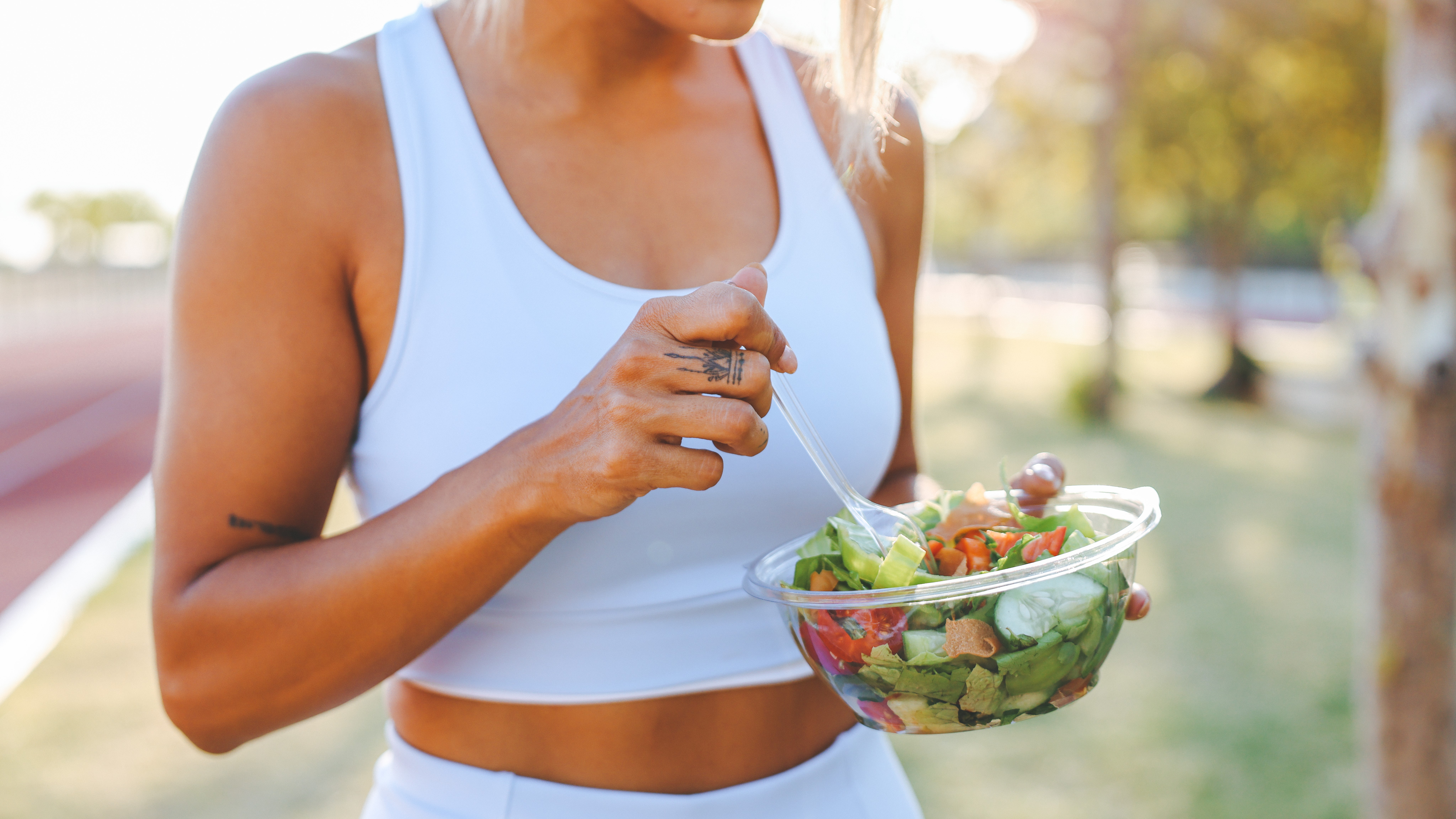
Are there any superfoods that are best for athletes?
Setting aside the complicating factor that superfoods are more of a marketing ploy than a scientific category, most so-called superfoods certainly are nutritional and I want to know if those of us who like rigorous outdoor adventures should be focusing on any of these foods in particular.
Wallace says that in addition to the foods we tend to be drawn to for performance – protein, fat, and slow release carbs like quinoa and vegetables – he recommends fiber. Fiber, found in whole grains, fruits, nuts and seeds, isn’t a food category that makes the usual lists of superfoods, but Wallace says he’d even include that because of how it benefits the microbiome.
“The microbiome absolutely loves fiber. It lives on fiber, so if you want to make your microbiome strong, eat fiber.”
As we mentioned earlier, a healthy microbiome can affect your dopamine production, which influences your motivation and therefore performance, so should you start loading up on chickpeas, lentils, split peas, oats, apples, pears, almonds, chia seeds, brussels sprouts, and avocado with every meal?
“You need a well-rounded diet and in the end you have to realize that it's not just the food but it's also how you digest the food. You can eat wonderful food but if your digestive system isn't working well, those superfoods are useless to you.”
Julia Clarke is a staff writer for Advnture.com and the author of the book Restorative Yoga for Beginners. She loves to explore mountains on foot, bike, skis and belay and then recover on the the yoga mat. Julia graduated with a degree in journalism in 2004 and spent eight years working as a radio presenter in Kansas City, Vermont, Boston and New York City before discovering the joys of the Rocky Mountains. She then detoured west to Colorado and enjoyed 11 years teaching yoga in Vail before returning to her hometown of Glasgow, Scotland in 2020 to focus on family and writing.

